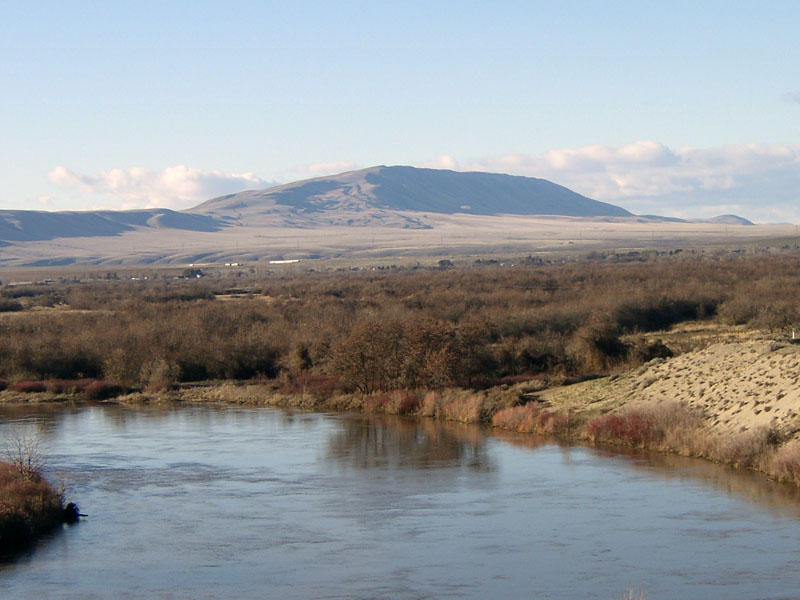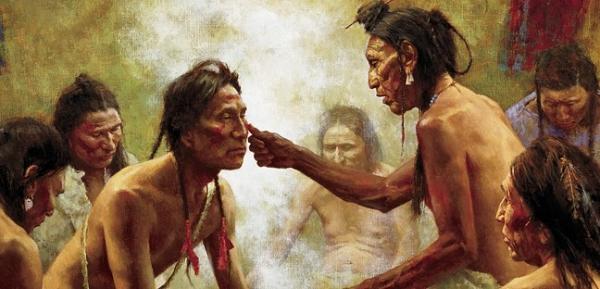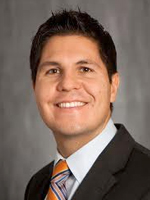Source: Native News Online
WASHINGTON – Deputy Secretary of the Interior Mike Connor Wednesday announced that nearly $1.5 million in purchase offers have been sent to more than 600 landowners with fractional interests at the Squaxin Island Indian Reservation in Washington through the Department’s Land Buy-Back Program for Tribal Nations (Buy-Back Program). Interested sellers will have until January 26, 2015, to return accepted offers.
The Buy-Back Program has successfully concluded transactions worth more than $300 million and has restored the equivalent of nearly 500,000 acres of land to tribal governments.
“This Program – developed in partnership with Cobell plaintiffs – is an exceptional opportunity that cannot be taken for granted. As we enter our second year of sales for this voluntary program, we will continue our commitment to reach as many interested landowners as possible across Indian Country,” said Deputy Secretary Connor. “We must ensure that landowners are given every chance to make informed decisions about the potential sale of their land at fair market value.”
The tribe will host an outreach event on Monday, December 15, from 5-7 p.m. PT at the Squaxin Island Tribe Community Kitchen, 10 SE Squaxin Lane, Shelton, Wash. The event will feature speakers from the Buy-Back Program, notary public services, and staff available to help landowners with questions about their offer packages. Landowners can contact the tribe’s staff at: 877-387-3649 or 360-426-9781.
The Buy-Back Program implements the land consolidation component of the CobellSettlement, which provided $1.9 billion to purchase fractional interests in trust or restricted land from willing sellers at fair market value within a 10-year period. Individuals who choose to sell their interests receive payments directly into their Individual Indian Money (IIM) accounts. In addition to receiving fair market value for their land based on objective appraisals, sellers also receive a base payment of $75 per offer, regardless of the value of the land.
Consolidated interests are immediately restored to tribal trust ownership for uses benefiting the reservation community and tribal members.
Sales of land interests will also result in up to $60 million in contributions to the Cobell Education Scholarship Fund. This contribution by Interior is in addition to the amounts paid to individual sellers, so it will not reduce the amount landowners receive for their interests.
There are approximately 245,000 owners of nearly three million fractional interests, spanning 150 Indian reservations, who are eligible to participate in the Buy-Back Program.Many see little or no economic benefit from what are often very small, undivided interests in lands that cannot be utilized due to their highly fractionated state.
The Department recently announced 21 additional locations where the Program will begin implementation, bringing the total number of locations actively engaged in the Buy-Back Program to 42. This total represents 83 percent of all outstanding fractionated ownership interests.
Landowners can contact the Trust Beneficiary Call Center at 888-678-6836 with questions about their purchase offers. Individuals can also visit their local Office of the Special Trustee for American Indians (OST) or Bureau of Indian Affairs (BIA) office, or find more information at www.doi.gov/buybackprogram/landowners in order to make informed decisions about their land.









